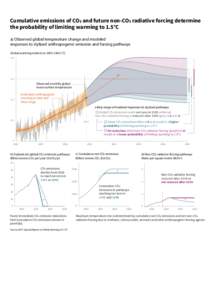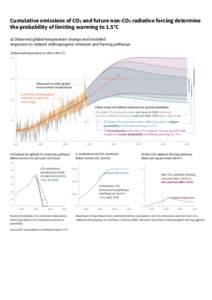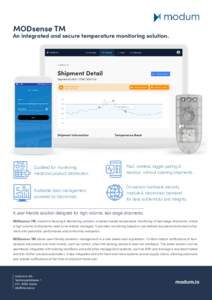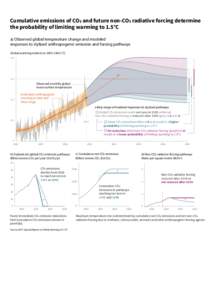<--- Back to Details
| First Page | Document Content | |
|---|---|---|
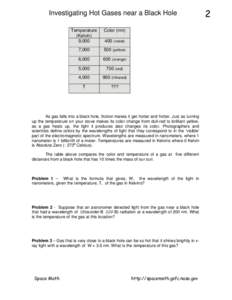 Date: 2012-07-05 08:19:34Electromagnetic spectrum Heat transfer Thermodynamics Infrared State functions Ultraviolet Temperature Light Wavelength Electromagnetic radiation Physics Radiation |
Add to Reading List |
 Investigating Hot Gases near a Black Hole Temperature (Kelvin) 9,000 Color (nm)
Investigating Hot Gases near a Black Hole Temperature (Kelvin) 9,000 Color (nm)